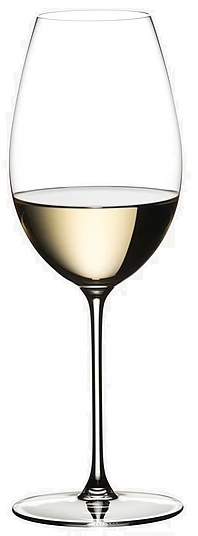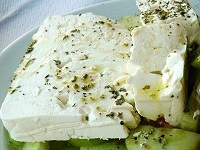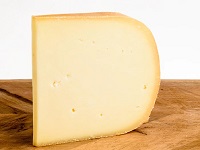Anjou Blanc (France)
Anjou Blanc is produced in the French Loire Valley near the city of Angers.
Anjou Blanc Flavors
Ripe Apple, Pear, Pinapple, and Honey are typical Anjou Blanc flavors, with hints of Flowers and Minerals.
Apple |
Pear |
Melon |
Pineapple |
Passion |
Honey |
Flowers |
Minerals |
Anjou Blanc Profile
Anjou Blanc is known for its high acidity:
| SUGAR: | Dry (3 g/l) |
| BODY: | Light |
| FRUIT: | Medium |
| ACIDITY: | High |
| ALCOHOL: | 12% ABV |
| Serving temperature: 8-10°C (46-50°F) | |
Anjou Blanc Food Pairing
Anjou Blanc pairs well with Vegetables, Fish, and Chicken.
Aperitif |
Salads |
Vegetables |
Asparagus |
Olive Oil |
Fish |
Sushi |
Seafood |
Chicken |
Ham |
Soft Cheese |
Chips |
Excellent Pairings
Spring Vegetables. Asparagus.
Light Salads. Chicken Salad. Ham Salad.
Prawns. Oysters.
Seafood. Squid. Crab.
Seafood Pasta and Risotto.
Fisk Cakes. Fish Paté.
Smoked Salmon. Trout. Sushi.
Cheeses
Soft Cheese. Goat Cheese. Feta. Robiola.
The Ideal Glass for Anjou Blanc

|
The Sauvignon Blanc glass is smaller than a Chardonnay glass.
It has a more narrow bowl to concentrate the crisp and citrusy aromas of a zesty and fruity white wine. |
Anjou Blanc Cheese Pairing
Anjou Blanc is known for its crisp and fruity profile. It pairs well with a variety of cheeses.
Opt for cheeses with moderate saltiness and creaminess to balance the Anjou Blanc's acidity.
Add fruits (grapes, apples, pears), nuts (almonds, walnuts), or a light drizzle of honey to enhance the pairing.
Fresh and Mild Cheeses
Goat Cheese (Chèvre): The tanginess complements the subtle fruit notes in Anjou Blanc.
Ricotta: Especially good if served with a drizzle of honey or fresh fruits.
Mozzarella: Its delicate flavor pairs well with the wine's lightness.
Soft Cheeses
Brie: The creamy texture and mild flavor work beautifully with Anjou Blanc.
Camembert: Similar to Brie but with slightly more earthiness.
Fontina: Its nutty, buttery qualities make a good match.
Semi-Hard Cheeses
Gruyère: Mildly nutty and sweet, enhancing the wine's subtlety.
Manchego: A classic Spanish pairing, especially younger Manchego, which is less intense.
Asiago: Lightly aged Asiago adds a complementary tang to the cheese.
Blue Cheeses (for contrast)
Gorgonzola Dolce: Its mild creaminess contrasts nicely without overpowering the wine.
If You Like Anjou Blanc
You May Also Like:
Wine Region Loire


Loire Valley Climate
Different regions are subject to different climate influences:
Lower Loire (Muscadet and Pays Nantais) has a cool maritime climate with high rainfall.
Middle Loire (Anjou-Saumur and Touraine) has a cold climate with a mix of oceanic and continental influence.
Central Loire (Sancerre and Pouilly-Fumé) has a cold continental climate with cold winters and warm summers.
Loire Valley Terroir
The terroir in the Loire Valley is incredibly varied due to its geographic spread:
Lower Loire is known for its granite and schist soils, which give the wines (Muscadet) a distinctive mineral character.
Middle Loire has limestone, clay and sand soils. The Saumur and Touraine soils can be good for both white and red wines.
Central Loire has limestone and silex (flint) soils which give the Sancerre and Pouilly-Fumé wines their signature smoky and mineral flavors.
65% White Grapes
30% Chenin Blanc |
35% Black Grapes
20% Cabernet Franc |
45% White Wines
Anjou Blanc |
20% Red Wines
|
20% Rosé Wines
|
15% Sparkling Wines
|











